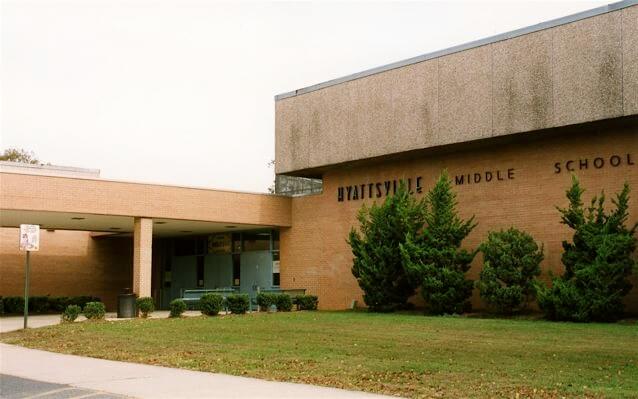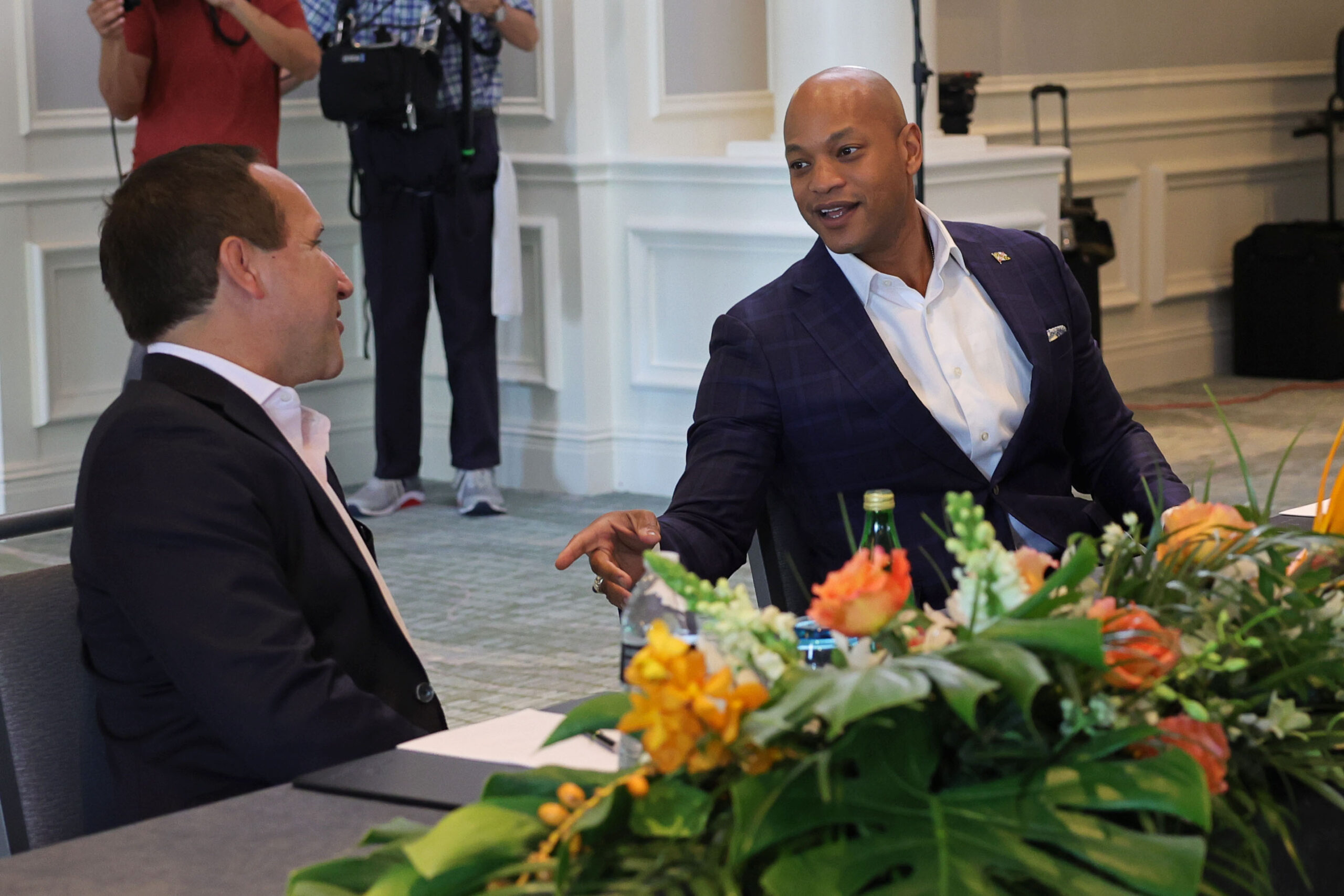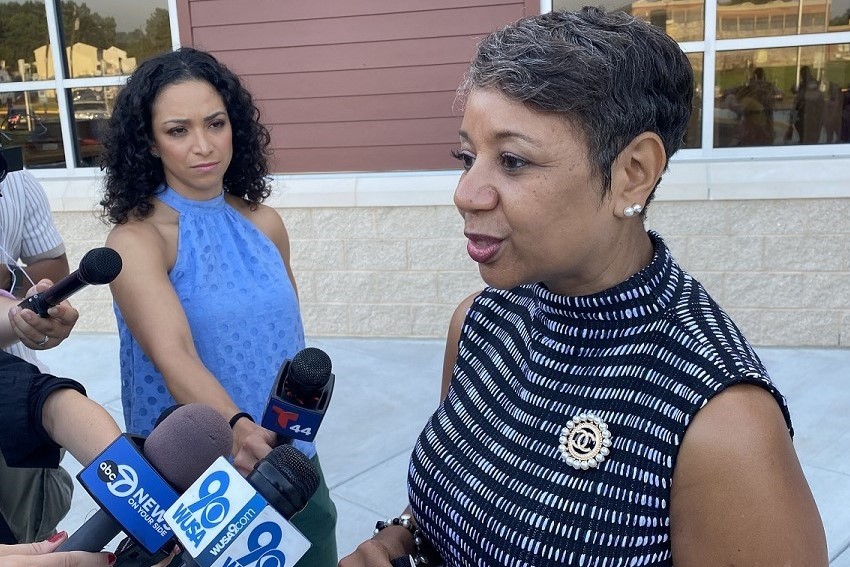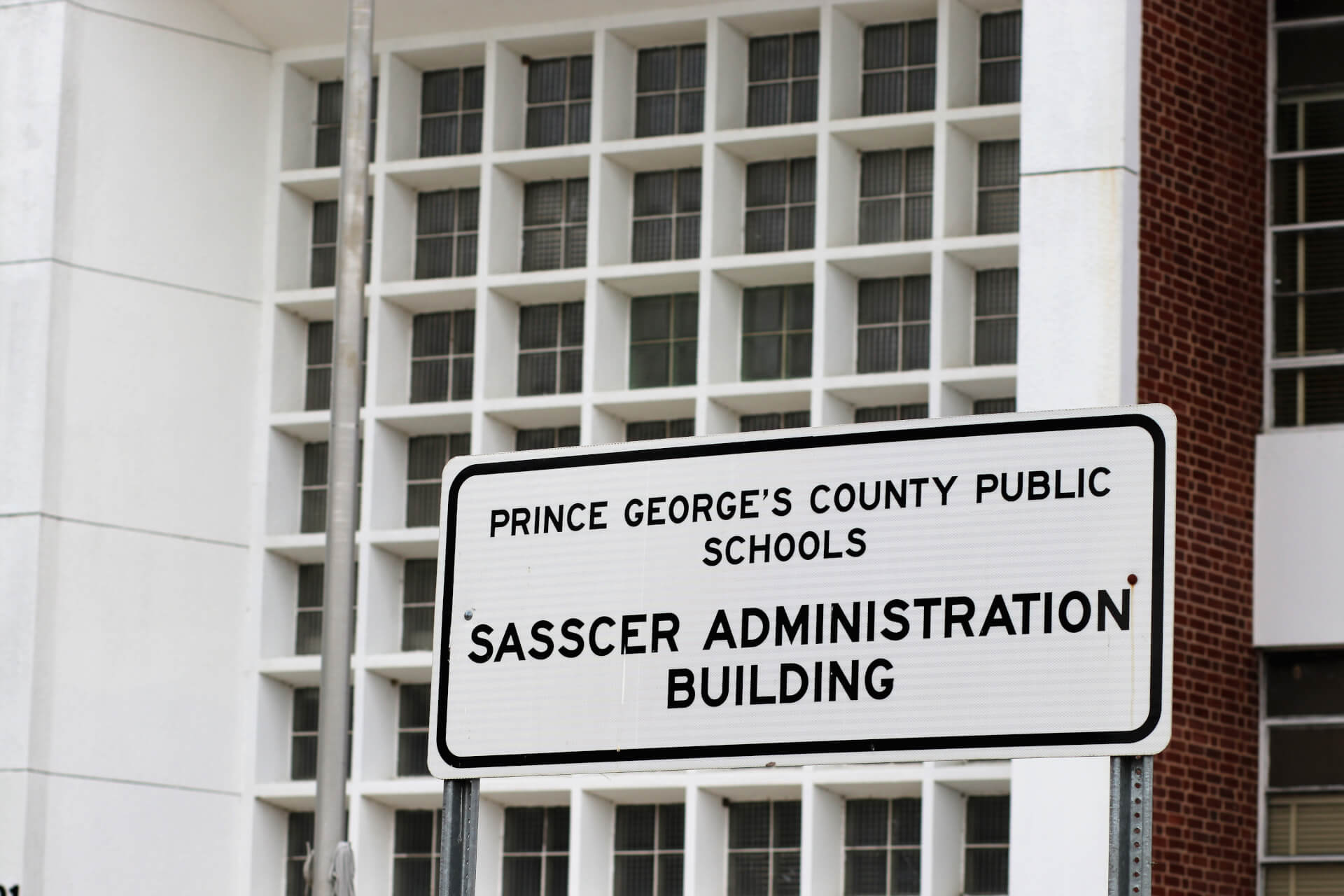Parker & Elliott: Alternative Construction Plan for Prince George’s Schools Is ‘Risky and Expensive’

Everyone in Prince George’s County wants the same thing — more high-quality schools built in a quick and efficient manner for our students.
Right now, there are many questions about the proposed public-private partnership — also known as alternative construction financing — to build six schools within Prince George’s in less than five years with an approximate $1.2 billion price tag.
Many of these questions remain unanswered.
Why is Prince George’s County barreling forward with a risky and expensive plan to build new public schools that is lacking in detail and mimics the Trump administration’s failed infrastructure proposals?
That’s what we’ve been asking since the county announced last year that it aimed to become the first jurisdiction in the country to use a public-private partnership to build and maintain public school buildings. After ballooning to a total estimated cost of $1.2 billion — and with the COVID-19 crisis still raging — this plan needs the utmost public scrutiny.
Unfortunately, some county and school district leaders are dismissing concerns from residents and refusing to share information that is ordinarily available to the public when negotiating a public-private partnership.
But we’re going to continue asking the questions that need to be answered so that Prince George’s parents and the broader community get the great schools they deserve.
Why are taxpayers being asked to spend more to subsidize the profits of private investors based in Canada? The county has yet to release the plan’s underlying math — called a Value for Money analysis.
This analysis is used to justify spending more for a public-private partnership and usually is public information. The cost of getting it wrong could be astronomical. For example, in 2007 the Canadian province of Alberta signed a public-private partnership to build 18 schools. Costs eventually tripled from the original estimated budget.
Why aren’t we taking advantage of historically low interest rates? Building schools using public financing is far cheaper than borrowing money from private investors — especially in this economy.
Why aren’t we using the county’s Capital Programs Department to build these schools? A public-private partnership isn’t necessarily faster than the tried-and-true, traditional way of building public infrastructure. The least we should do is perform an audit of recent capital projects to identify opportunities to reform and speed up the process.
What about the failed Purple Line public-private partnership? We’re seeing firsthand why these deals are risky, especially in the middle of an economic crisis.
How will this deal impact the county budget? What about the district budget? All of us, the public, are going to pay for this one way or another. There’s no such thing as free money.
Will the school system, at any point, be responsible for the whole yearly tab through 30 years and subsequently take funding directly from the classroom?
How can we make sure students, parents, teachers, school staff and local communities are protected from predatory investors? In Canada, public-private partnerships have limited what teachers can do in classrooms, extracted payments from community members for using sports fields, complicated maintenance leading to poor service and more.
Why are school board members being asked to sign off on a contract without knowing the actual details? The exclusive negotiated agreement aspect of this deal, which is what board members will soon vote on, amounts to a blank check.
Maryland was recently deemed “ground zero for the [public-private partnership] industry in the United States.” The Purple Line project has fallen apart. Gov. Larry Hogan (R) is pushing a toll lane plan using a public-private partnership that could cost commuters nearly $50 to drive from Frederick to Rockville.
Prince George’s County can’t afford to make such a costly mistake, especially as we face an uncertain financial future.
We need to get this right. Our hard-working families deserve to know why they’re overpaying for something that might not even be better in the first place.
This isn’t about stopping the construction of schools for our students, this is about ensuring the construction process is done with transparency and efficiency in order to deliver great schools for our students without putting a huge financial cost and burden on the taxpayers of Prince George’s.
— JANNA PARKER AND RICHARD DESHAY ELLIOTT
Parker is a Prince George’s community activist and former Maryland House of Delegates candidate. Elliott is a political science Ph.D candidate at Johns Hopkins University, chair of state affairs for the Prince George’s County Young Democrats and candidate for delegate in Maryland’s 24th Legislative District.




 Creative Commons Attribution
Creative Commons Attribution